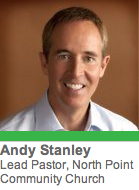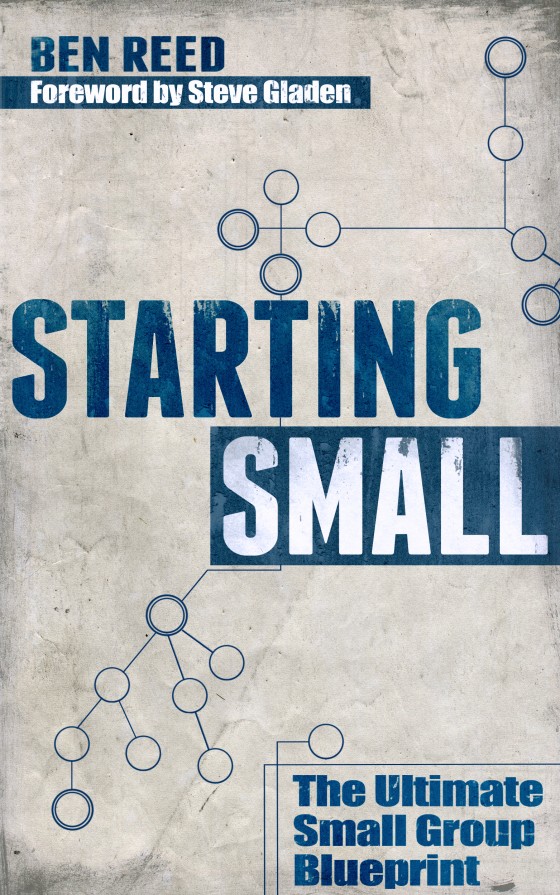 Andy Stanley, pastor at North Point Community Church, opened the main sessions at Catalyst 2011.
Andy Stanley, pastor at North Point Community Church, opened the main sessions at Catalyst 2011.
He challenged those at the conference with these statements as they related to the theme, “Be Present.”
The more successful you are, the less accessible you will become.
For many this is frustrating. For others, this is liberating. But this is simply a leadership truth. And it’s not a bad thing.
There’s part of us that reads this and says, “Not me. I’ll always be accessible.”
Refuse to face this reality and burn out by trying to be accessible to everyone.
You get stretched really thin if you ignore this principle. You can only be really, truly accessible to very few people. Over time, your body is in many different locations, and your mind goes with it.
Some people use success as an excuse to become more inaccessible than necessary.
We see people using success as an excuse. Over time, the one who spreads himself too thin is no longer “present.”
Some people like to live with the mantra:
Unawareness is bliss.
The more aware you are of the needs around you, the more you often feel helpless and put-upon. Because no problem is fixed in 30 minutes, is it?
Being aware of the problems around us wears us out.
The Apostle Paul helps us with this.
Let us not become weary in coing good, for at the proper time we will reap a harvest if we do not give up. Therefore, as we have opportunity, let us do good to all people, especially to those who belong to the family of believers. Galatians 6:9-10
Carry each other’s burdens, and in this way you will fulfill the law of Christ. Galatians 6:2
You have limited time and opportunity, but as you have time and opportunity…
Here’s the truth from this passage:
- You can’t shut it all out.
- You can’t hide in your office from people.
- You can’t take it all on.
In ministry, this is one of the primary tensions you have to manage. There is no solution for this. If you ever solve this problem, your heart is hard towards people.
This is the phrase that Andy lives by, and the one he lives out with his family all of the time:
Do for one what you wish you could do for everyone.
In school, when people asked the lunch lady, “Can I have an extra cookie?” she’d respond with, “If I give it to you, I have to give it to everyone.” To which you reply, “No you don’t…you can just give it to me!”
Fairness ended in the garden of Eden.
Nothing has been fair since. Fair is nothing to shoot for.
Don’t be fair. Be engaged.
3 tips to be engaged:
- Go deep rather than wide.
- Get involved with an individual couple.
- Go long-term rather than short-term
If you give every single one of your leaders who’s struggling an hour…you’ll be burned out. You’d be better off giving one couple 20 or 30 hours. If you don’t, it’ll rob your joy.
This is a challenge for me, personally. I would like to be able to “fix” everything. I’m grateful for Andy’s wisdom here. I needed it for sure.
Are you tempted to “fix” everything and everyone?





